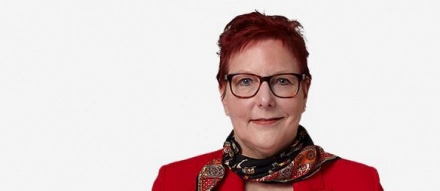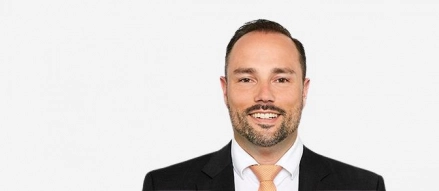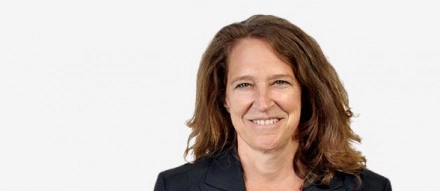
Direct and immediate connection in the case of input VAT deduction - BFH ruling XI R 10/21
direct immediate connection input VAT deduction
The facts (slightly simplified): a municipality charges a fee only for the use of a parking lot, not for the tourist attraction itself
A municipality had a suspension rope bridge and a visitor centre built as a tourist attraction in a rather remote location, and these were accessible to visitors free of charge. There was a parking lot for visitors, and a fee was charged to park there. After it became apparent that the visitor lot was too small, a bus parking lot that had previously been free of charge was converted into an additional paid parking lot for visitors. The municipality claimed an input VAT deduction from the purchases related to the construction of the bridge and partly from the construction costs for the visitor centre, and for the development and operation of a website.
After the tax office refused the input VAT deduction, the municipality took legal action with the tax court, which granted the input VAT deduction. The tax office appealed this decision to the BFH.
BFH: the connection recognised by the tax court (Finanzgericht, FG) is not revisable
The BFH had to clarify whether the aforementioned purchases were directly and immediately related to taxable output supplies because this is the prerequisite for the input VAT deduction. The tax office had argued that the purchases were made for the operation of the (no-fee) bridge and visitor centre and thus a non-economic activity, which therefore precluded the input VAT deduction. To argue that these purchases had served the economic activity associated with the paid parking spaces would mean that the bridge had been built so that guests would come to the parking lot. The tax office considered this illogical.
The tax court was of a different opinion. It had applied the legal principles of the ECJ ruling in the "Sveda" case (ECJ of 22 October 2015, C-126/14) and, referring to the discussions in the municipal council, concluded that the revenue to be generated through parking fees had indeed played a significant role in the financing of the bridge. Moreover, the bridge was the reason that visitors used the parking spaces provided by the municipality in the first place - without the bridge, there would have been no reason to use this remote paid parking lot.
The BFH adopts this assessment of the tax court without conducting its own review. The BFH justifies this with procedural law: within the scope of the appeal, the BFH only examines the legal assessment of the facts made by the tax court pursuant to sec. 118 (2) FGO. The factual findings themselves, on the other hand, are only subject to limited review. As long as these findings do not contradict legal rules of interpretation, laws of reasoning, and principles of experience, they cannot be questioned. The question of whether there is a direct connection between the purchases and the taxed output supplied is a matter of fact for the BFH so that it accepts that this connection exists.
Accordingly, the input VAT deduction was theoretically possible. Nevertheless, the BFH did not issue a conclusive decision on this case but rather referred it back to the tax court. The court had not taken into account the fact that the bus parking lot was initially offered free of charge and thus not used for economic purposes, which affects the input tax deduction. The tax court will have to conduct further findings on this.
The fact that the tourist attraction should have served the parking lot, and not the parking lot the tourist attraction, did not seem comprehensible to the tax office, and a renewed examination of this question by the BFH would certainly have been desired by others as well. However, the ECJ proceeded in the same way in 2015 in the "Sveda" case, to which the BFH also refers in the present case. In this case, an entrepreneur had built a leisure trail that visitors could use free of charge. At the edge of this recreational trail, the entrepreneur intended to offer paid supplies such as souvenirs. Here, the ECJ ruled that the input VAT deduction from the costs associated with constructing the leisure trail was permissible if the input services were directly and immediately related to the planned chargeable services. This was a question of fact and thus to be examined by the referring court.
Connection with taxed output supplies is a difficult issue nowadays
As far as the direct and immediate connection in the case of input tax deduction is concerned, the legal situation is currently diffuse. While the BFH and the tax authorities used to reject the deduction of input VAT if the corresponding measure itself did not directly lead to taxable supplies, this no longer applies without further ado following the rulings in the "Sveda" and also "Mitteldeutsche Hartsteinindustrie" cases, ECJ judgement of 16 September 2020, C-528/19 (see our assessment on our website). Also, the ECJ’s considerations in the Sonaecom case (judgement of 12 November 2020, C-42/19), in which the input VAT deduction is determined by which output supply the purchase actually serves, will increasingly play a role in such cases. The case discussed here also shows how case-dependent the decision is and how difficult it may be to determine the decisive factual details.
(Dated: 13 April 2022)


